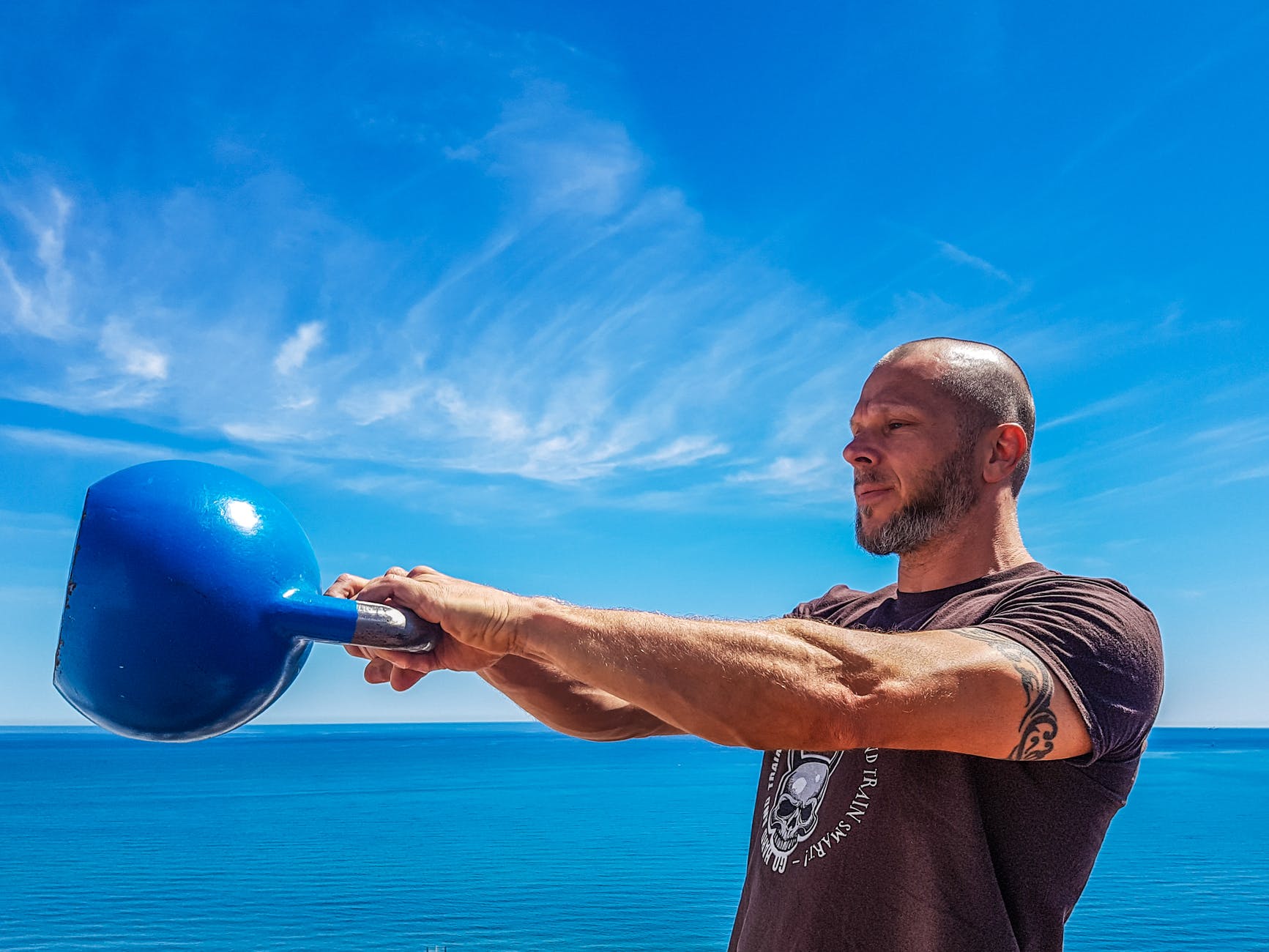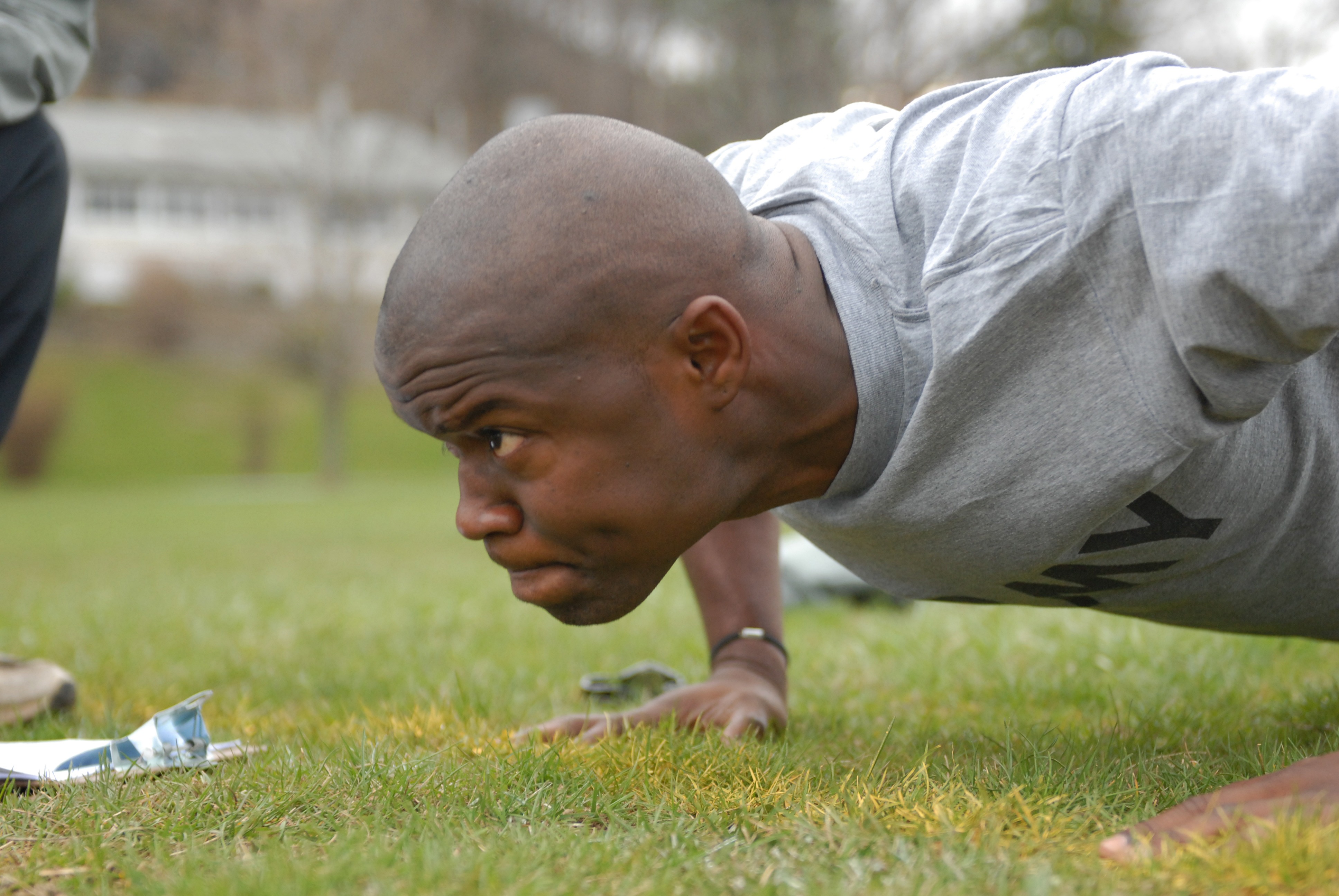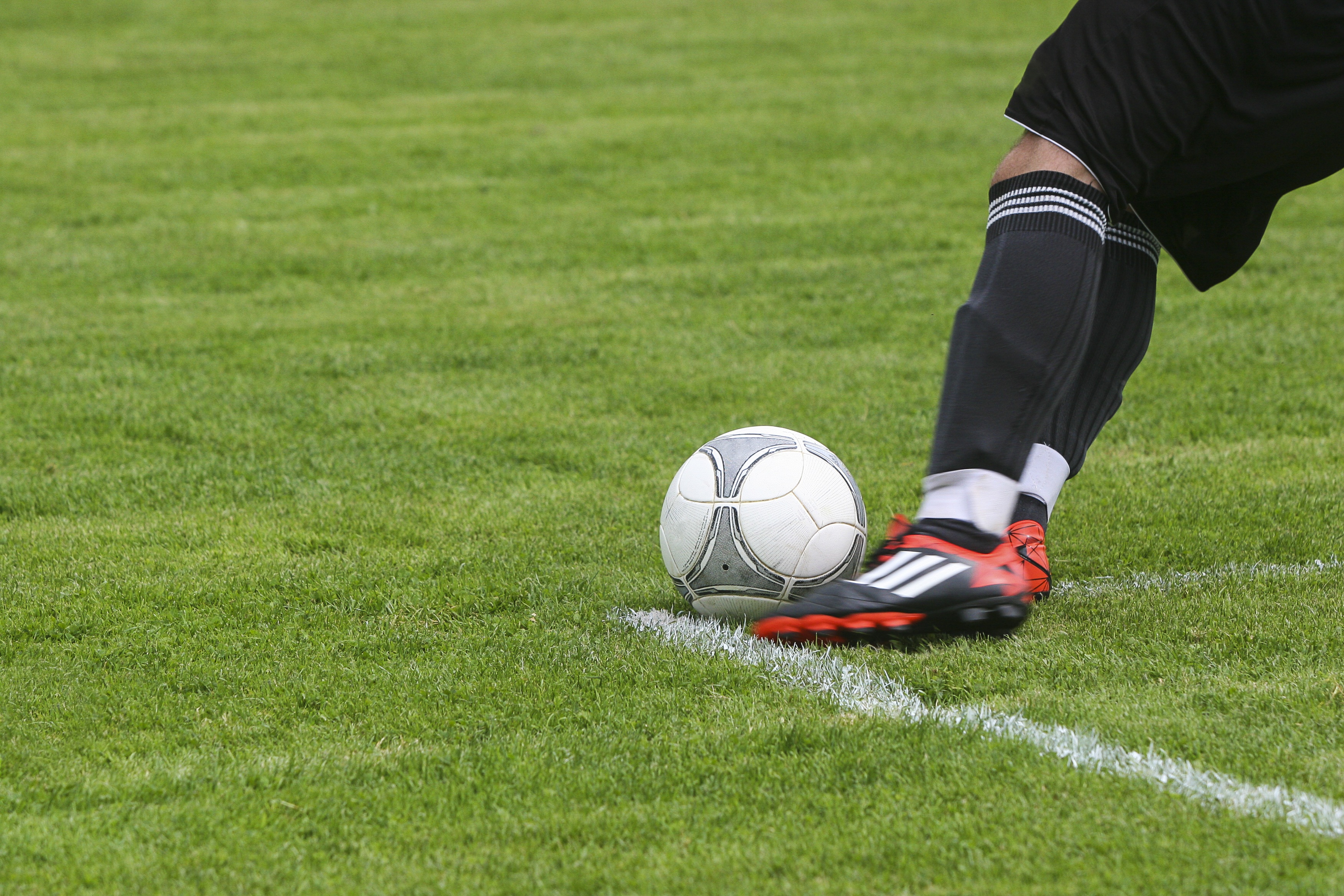Besides being a great tool for metabolic conditioning, kettlebells can be used for strength and hypertrophy training. Like barbells and dumbbells, heavier kettlebells can be used allowing for overload to be applied during a strength training session. Kettlebells can also be used to help with coordination, balance, and mobility at the same time.
This blog is going to describe two types of exercises that can be used for lower body training using kettlebells; lunges and split squats. Both of these are exercises used with barbells, dumbbells, suspension trainers, and bodyweight. The kettlebell adds an extra dimension to the exercises, however.
Kettlebell Lunges:
I like to take an opposite leg/opposite arm approach to these exercises to assist with balance. In other words, if the left leg is doing the lunges then the kettlebell is on the right side. This exercise is performed like a typical lunge. The athlete stands up tall, chest is out and the shoulders are back, with the feet hip-width apart. Using the left foot, the athlete will take a large step forward landing heel-to-toe. As the foot lands, the athlete will flex the front knee and hip aiming for 90 degrees at each joint. The athlete will then reverse directions and return to the starting position. Repeat for the desired number of repetitions and then switch legs.
When the left leg is performing the lunges, the kettlebell should be on the right side. There are three progressions for this exercise:
- Kettlebell is held at the side: As the athlete performs the lunges the kettlebell is held at the right side. The athlete should carefully avoid swinging the kettlebell while stepping forward and backward.
- Kettlebell is cleaned to the shoulder: The kettlebell is first cleaned to the right shoulder. From here the athlete performs lunges while the kettlebell is at the shoulder.
- Kettlebell is held overhead: The kettlebell is first cleaned to the shoulder and then pressed overhead. It is held overhead during the lunges. Care should be taken to keep the kettlebell in line with the hips throughout the exercise.
Kettlebell Split Squats:
Except for the presence of the kettlebell, this exercise is performed like a typical split squat. The athlete should stand up tall with the chest out and the shoulders back, the feet hip-width apart. From here the athlete will take a large step forward with the left leg. Once they have their balance, the athlete will flex the left knee and hip lowering themself until they have an approximately 90 degree angle at the hip and knee. Without taking a step back, they will reverse directions and keep performing repetitions until the desired number of repetitions are done. Then they will switch legs.
Like the lunges, the kettlebells can follow a progression:
- Kettlebell is held at the side
- Kettlebell is cleaned to the shoulder
- Kettlebell is held overhead
Not only do these exercises train the lower body but they also train the core. They require the athlete to develop coordination, balance, and mobility. Like traditional lunges and split squats, these exercises are programmed for three sets. The volume will depend upon the goals of the exercise; higher repetitions for endurance/conditioning, moderate for hypertrophy, lower for strength.
These can also be used in team strength and conditioning sessions as a station while athletes are waiting on another exercise. For example, if we have five athletes at the squat rack:
- Athlete A squats
- Athlete B spots behind
- Athletes C and D spot the sides
- Athlete E performs lunges/split squats
- Then the athletes rotate




